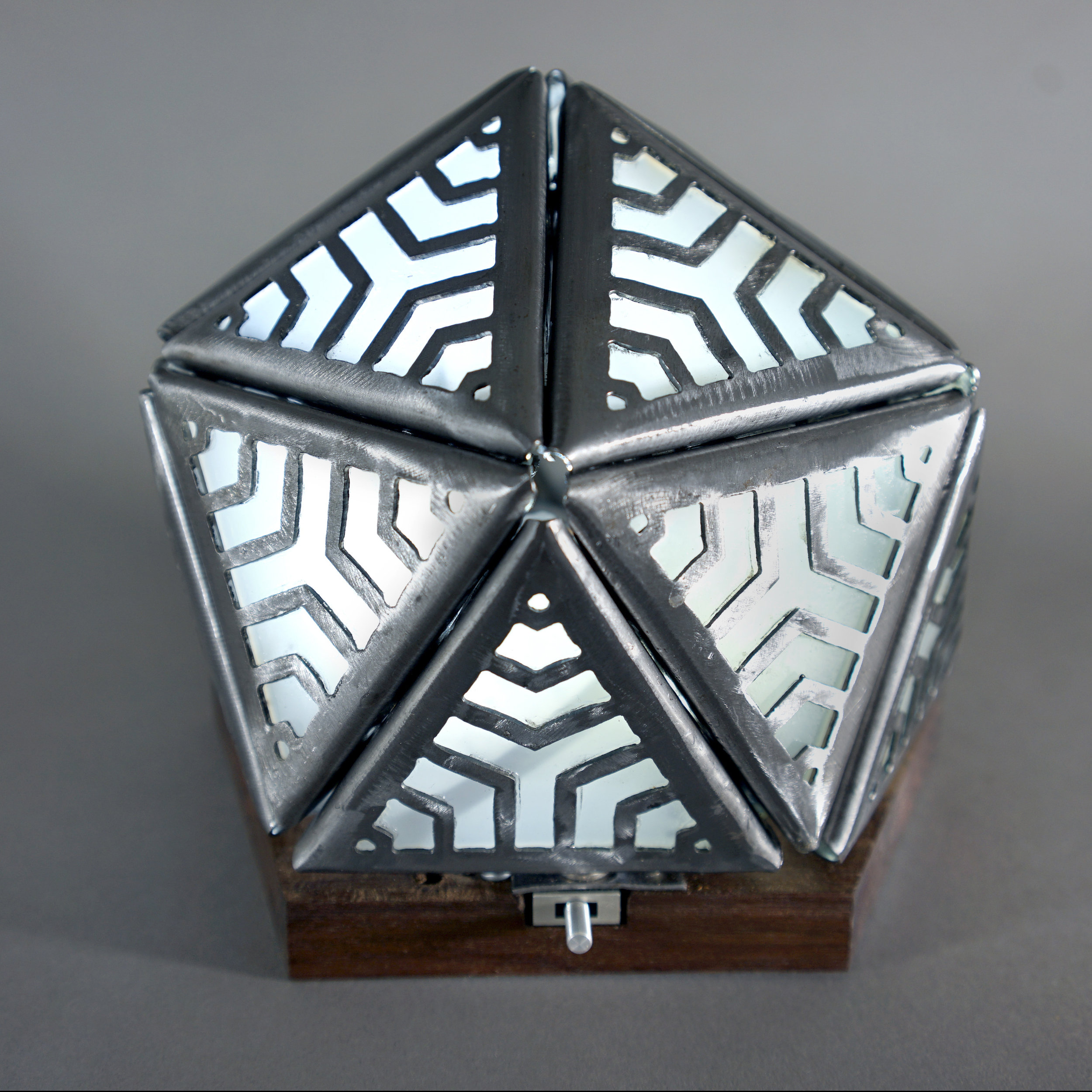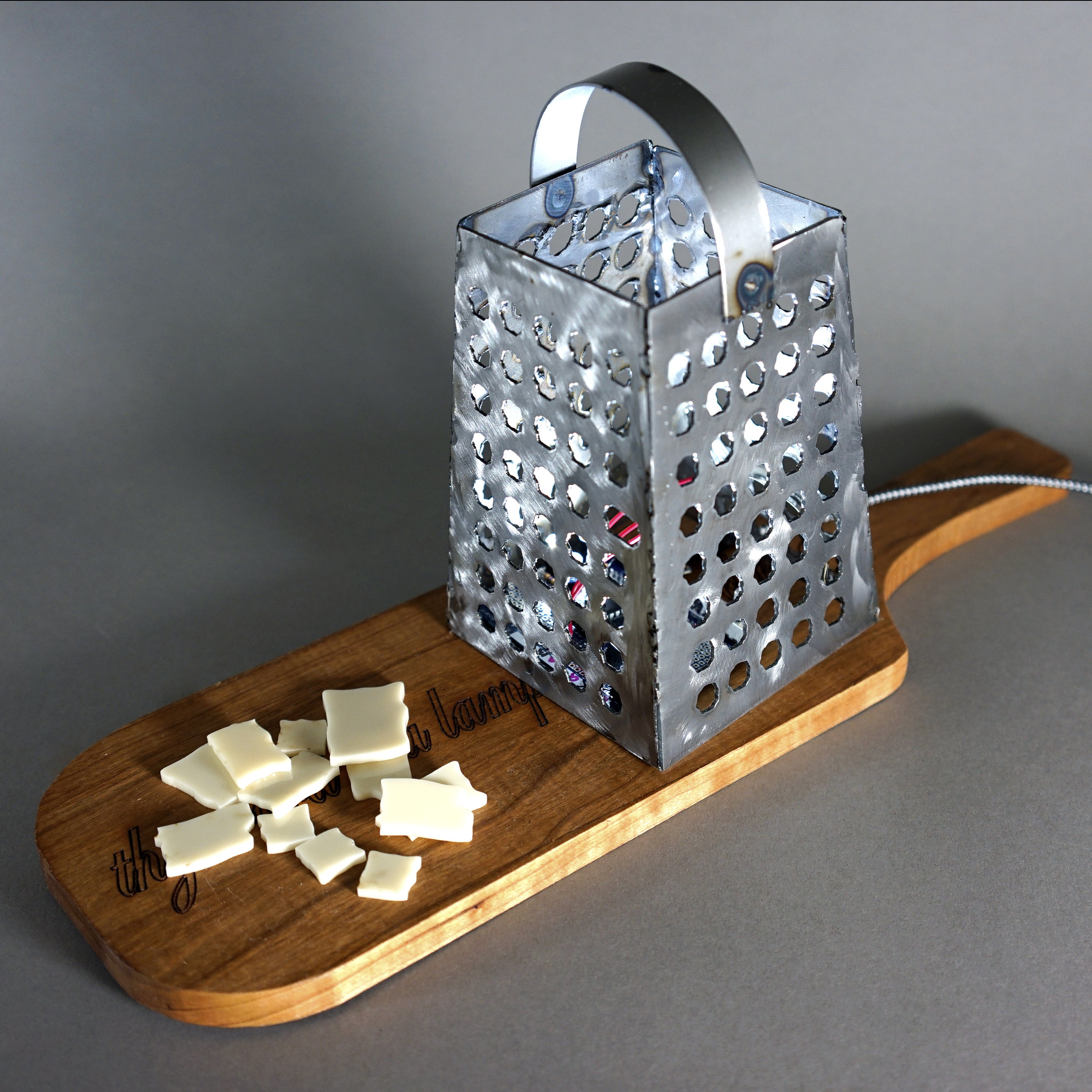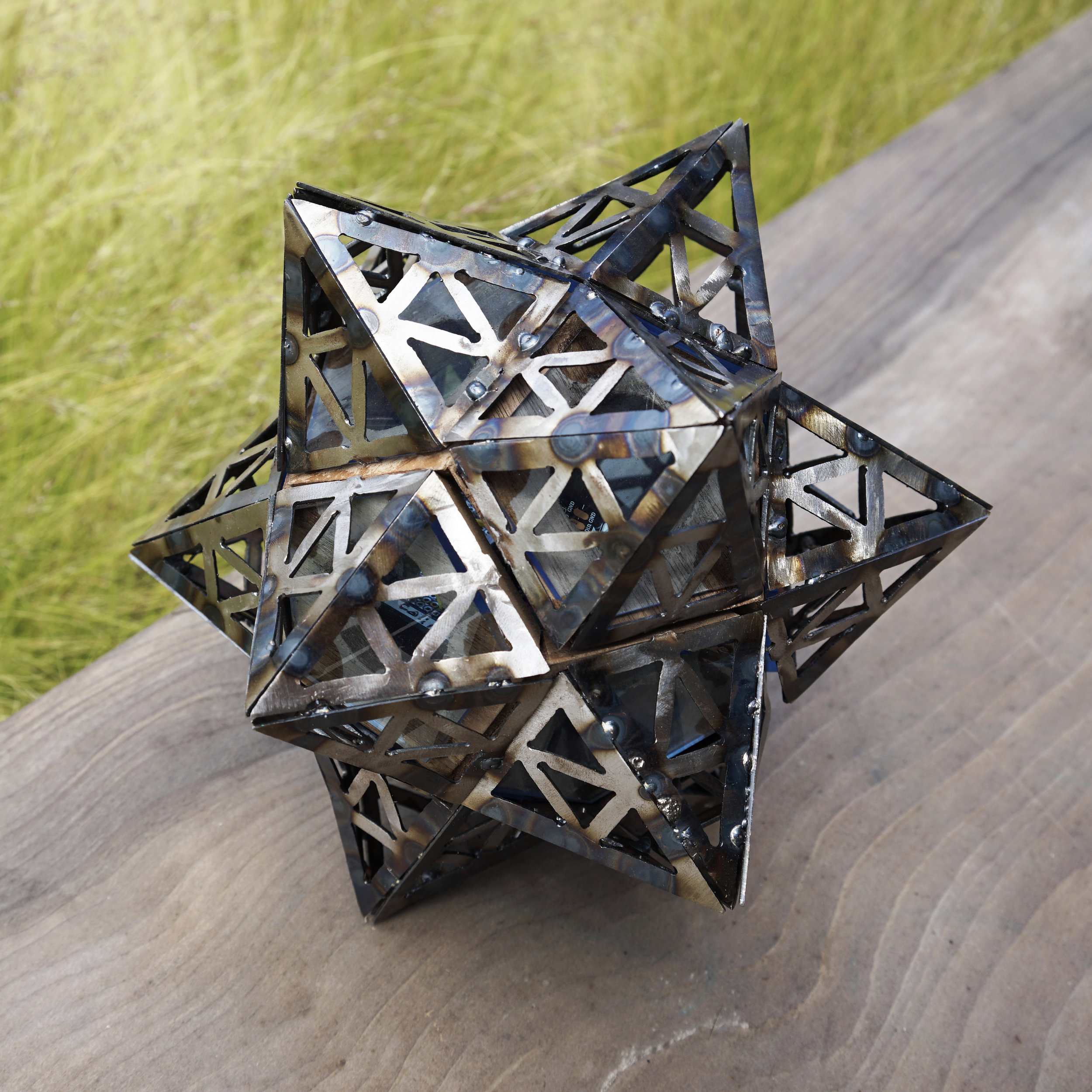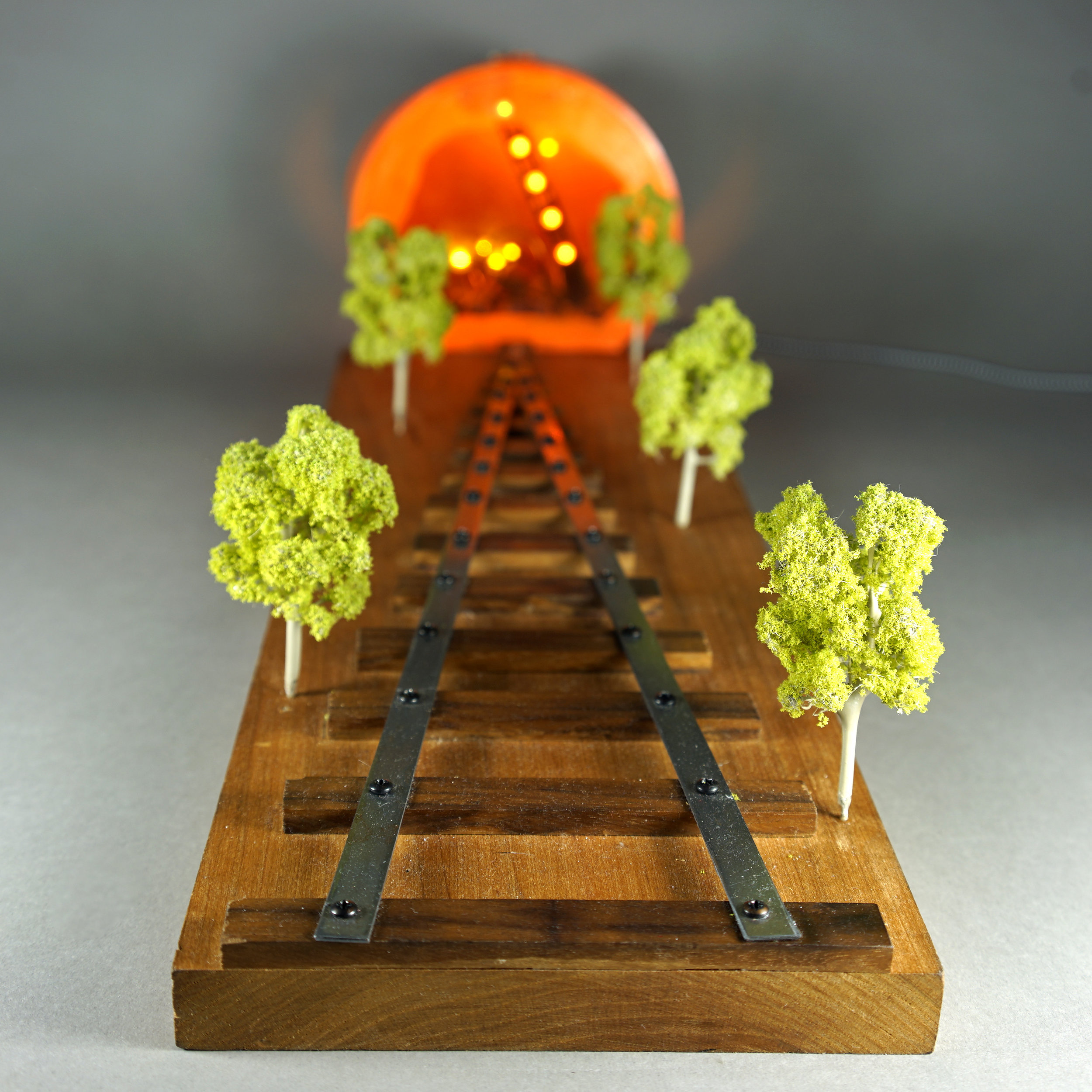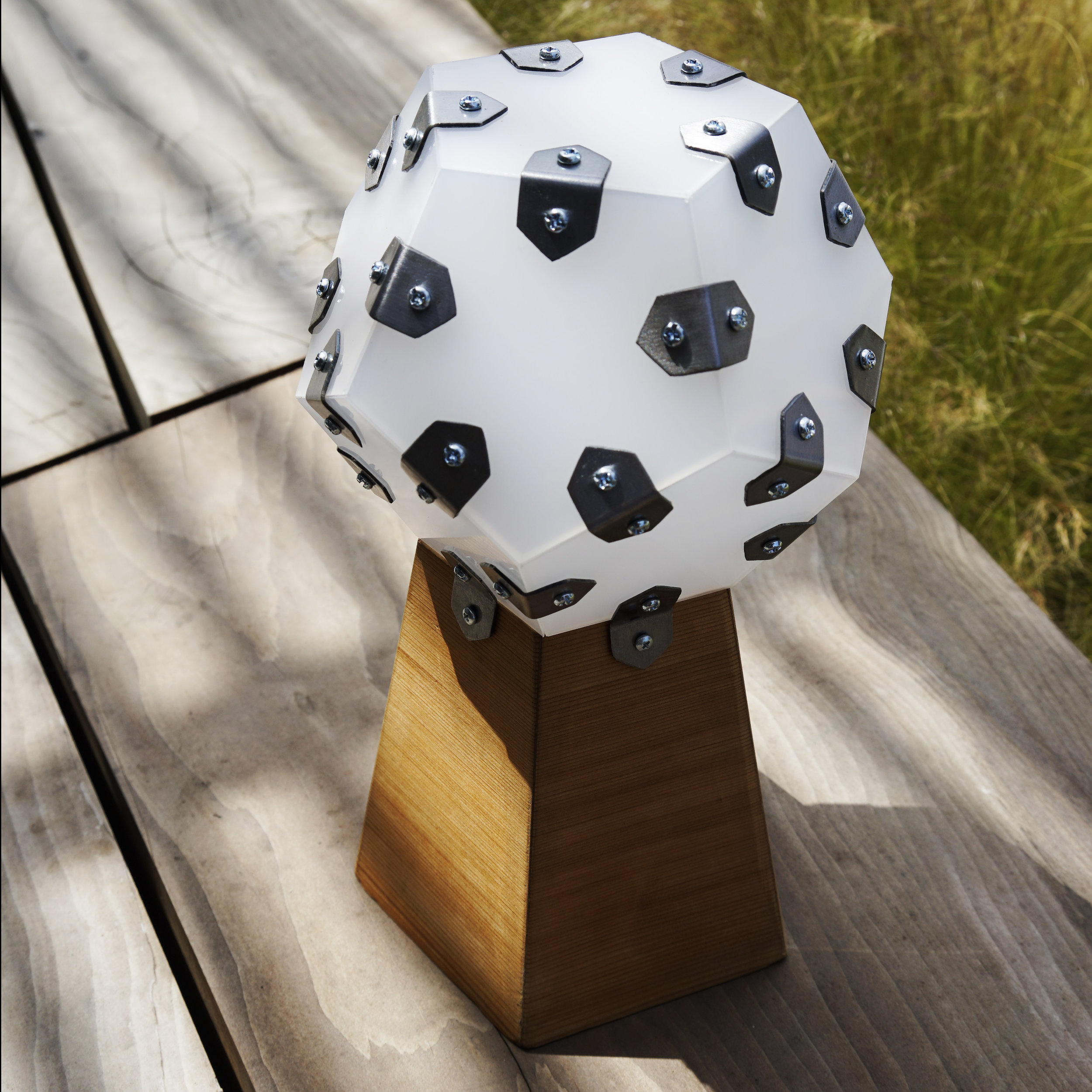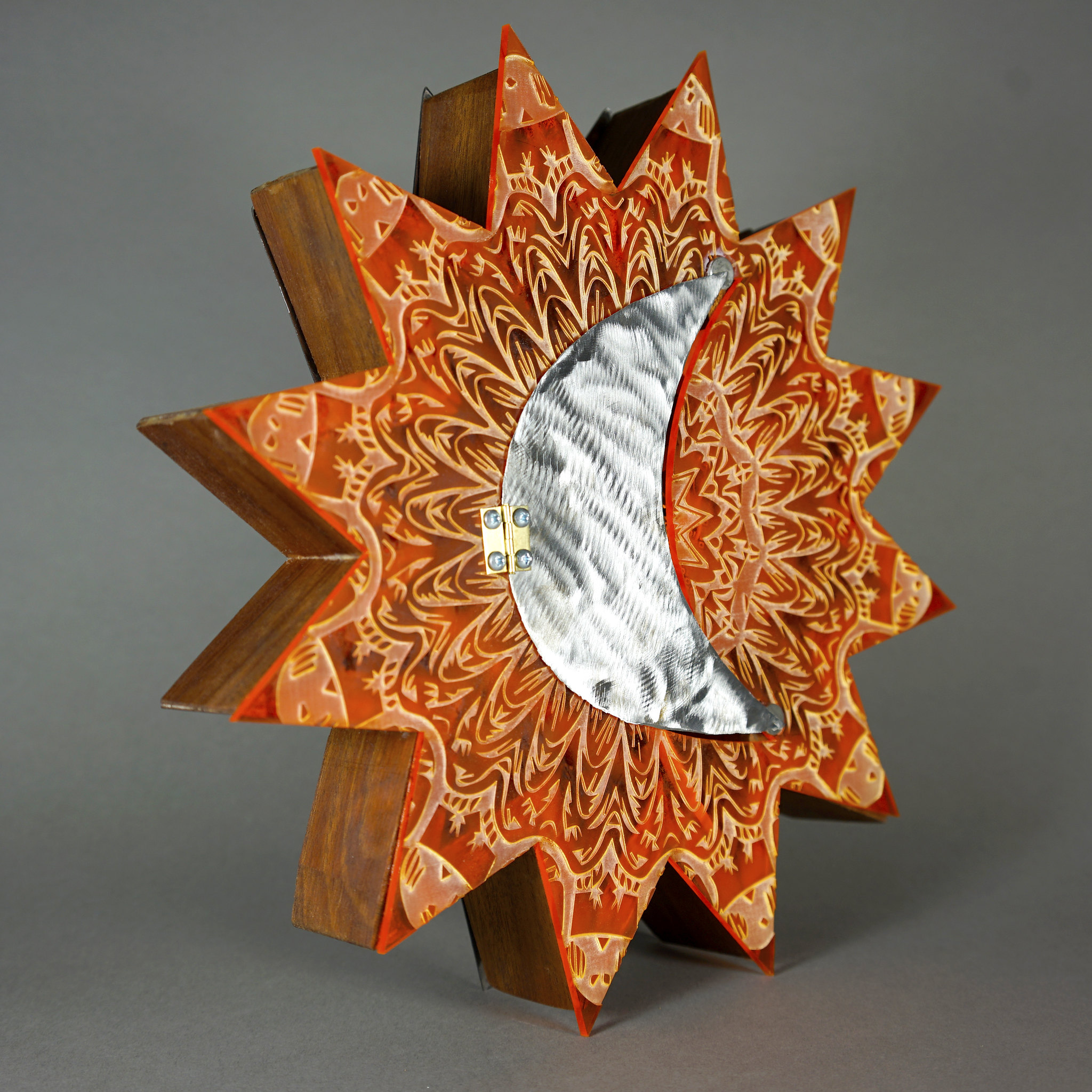Here is a varied set of projects from the spring LWHS Device Invention (10-12 grade) and Design and Technology (9th grade) classes that, as I sorted through the semester’s documentation, caught my eye as extraordinarily innovative or generally well done.
This is a fly incubator, created for our genetics instructor, by a group of four 9th grade students. With custom-made incubation tube caddies, this container keeps the fly larvae (also known as maggots : 0) in an adjustable, temperature-regulated environment. This was created by Alex, Indigo, Max and Kaira.
This is an IOT project that uses RFID (radio frequency identification) to detect whether chickens have returned to the coup at night. The creator, Hannah (10th grade), noted that if the chickens do not make it back into the coup, they run the risk of being eaten at night. This system posts their status to a webpage and sends you a text at the end of the day letting you know which chickens “might be eaten”.
Another project by Hannah and her collaborator Emily visualizes the coup conditions for some neighborhood chickens. The two students built their own data collection system to record environmental data about the chicken coups, including temperature, volume and light level. They then used P5.js to visualize the data over a 24-hour period (above)
This is the Arduino-based data collection system for the chicken coups.
Using live data, this display by Naomi (11th grade) adjusts LEDs to match the sunrise and sunset of four different cities in the US.
Above are a few of the 140+ lamps we built with the 9th-grade students in the team-taught Design and Technology course. Most students start the year with little to no experience in Design and Fabrication and are required to use wood, metal, acrylic and a programmed circuit in the making of the lamp.
Here is a pair of display-based IOT projects. The one above uses an API to display local movies and average audience review scores. The one below gives bus times and utilizes a funny ASCII representation of a Muni bus.
Finally, this 4ft-diameter target for the school’s physics department, created by a group of four 9th grade students (Marco, Lea, Adam and Mirabelle), is to be used for projectile experiments. When a marble is launched and hits the target, vibration sensors let you know which of the rings the marble lands on. Your score is displayed for five seconds on a digit display. It works amazingly well!





